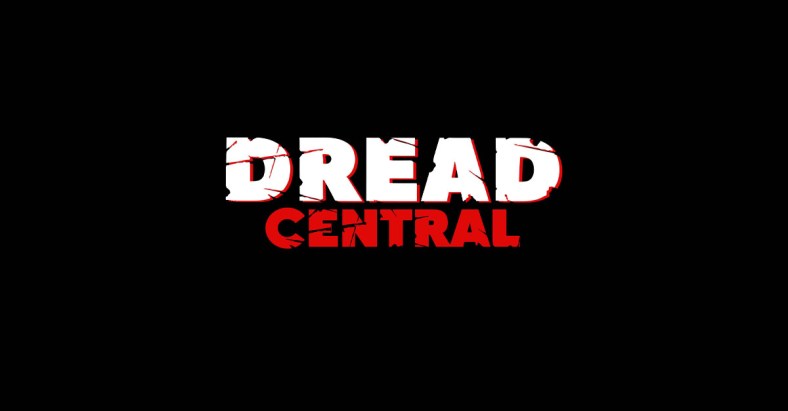In shows aimed at children, a lot of the time whenever it delves into “spooky” territory, there is a lack of any true scare factor, or the idea that anything could hurt you. It is played safe, the plot is typically tame but revolves around an environment steeped in halloweeny atmosphere.
Some of the most iconic shows known for this sort of thing are those of the Scooby Doo franchise, which acted as an introduction to many kids to the visual beauty of horror, even if a lot of its many iterations weren’t very scary themselves.
Walt Peregoy was responsible for a lot of the background art in the show Scooby Doo, Where Are You? and helped in establishing the iconic creepy mood of the areas explored in each episode. He serves as a massive inspiration for my own background/environment design.

When it comes to horror specifically made with children in mind, I’ve found that you can split them up into showing off something conventionally scary, and having an underlying horror that reflects a situation that could very likely be happening to a child watching. For example:



